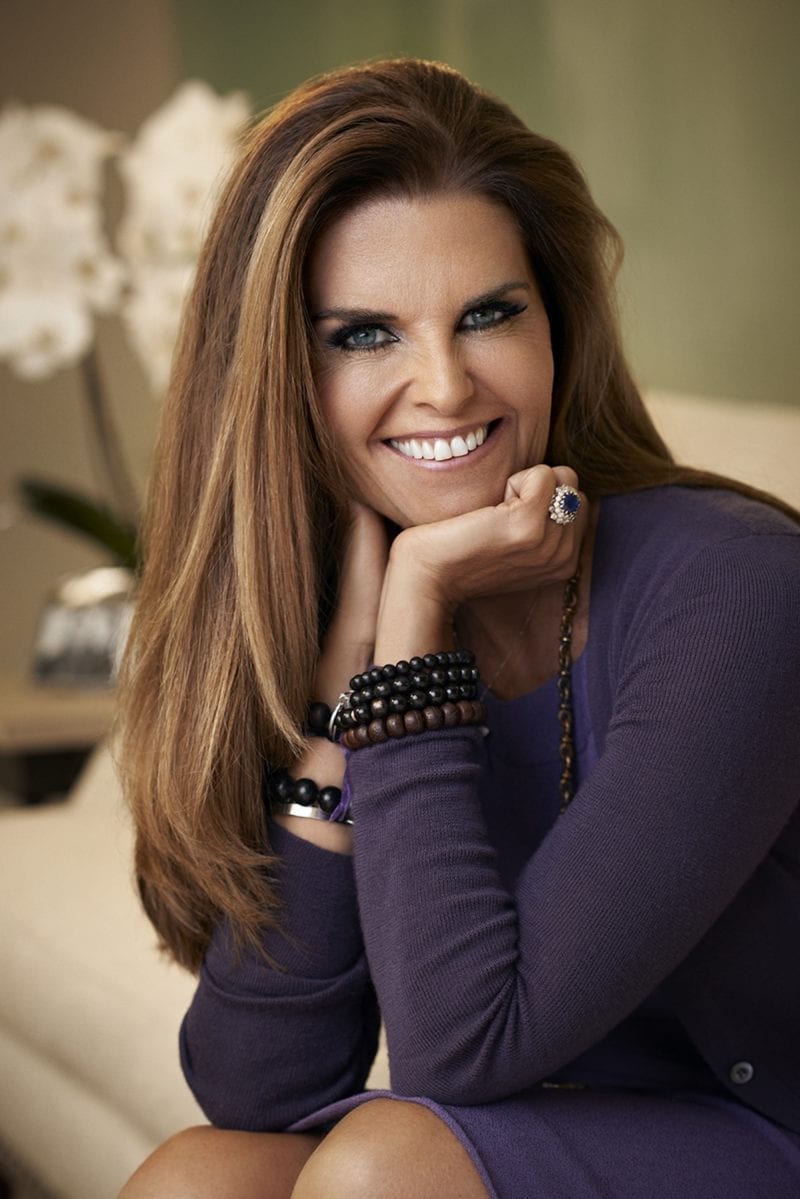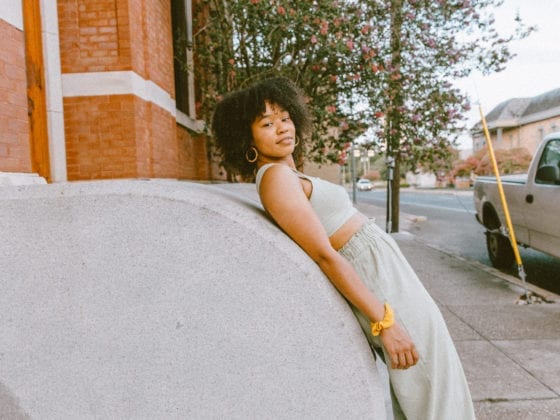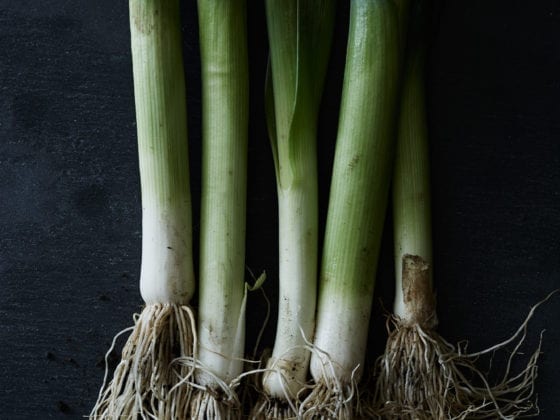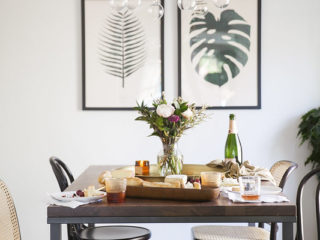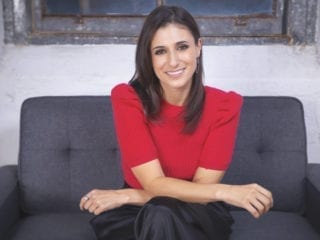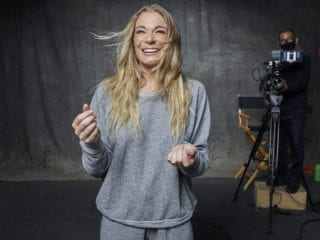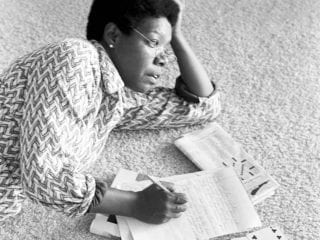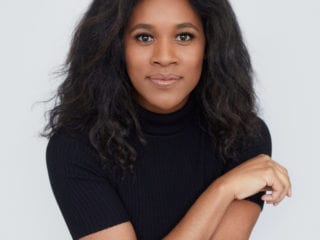“Real Women, Real Work” is a Darling series about everyday women who work in various fields including business, entertainment, science and education. We want to get to know the WHY behind their WHAT and get an inside look into different industries.
Maria Shriver comes from a long line of civil servants, philanthropists and leaders. Her uncle, John F. Kennedy, was president. Two of her other uncles were senators and also ran for president. Her dad, Robert Sargent Shriver Jr., was the founding director of the Peace Corps, and her mom, Eunice Mary Kennedy Shriver, started the Special Olympics.
The saying, “The apple doesn’t fall far from the tree,” definitely rings true. Maria is a journalist for NBC News, an author, the former First Lady of California, and most recently, the founder of the nonprofit organization The Women’s Alzheimer’s Movement at Cleveland Clinic. The center, which launched in June, is the first-ever women’s Alzheimer’s prevention clinic in the nation to offer women-specific resources, medical care, research and caregiving support. Ideated by Maria, the center is powered by philanthropy, making it highly accessible for women of color, low-income patients and those most vulnerable to the hardships of Alzheimer’s disease.
When she is not advocating for women’s brain health, you’ll find her busy creating content for The Sunday Paper, an online newspaper with the mission to provide accurate and thought-provoking information aimed at encouraging conversation and civility. Her massive online following gets a weekly dose of hope and a refuge above the noise of 2020 in their inboxes every Sunday.
Darling got to chat with Maria about her digital media company and her work with WAM to prioritize women’s brain health and lead the way for prevention.
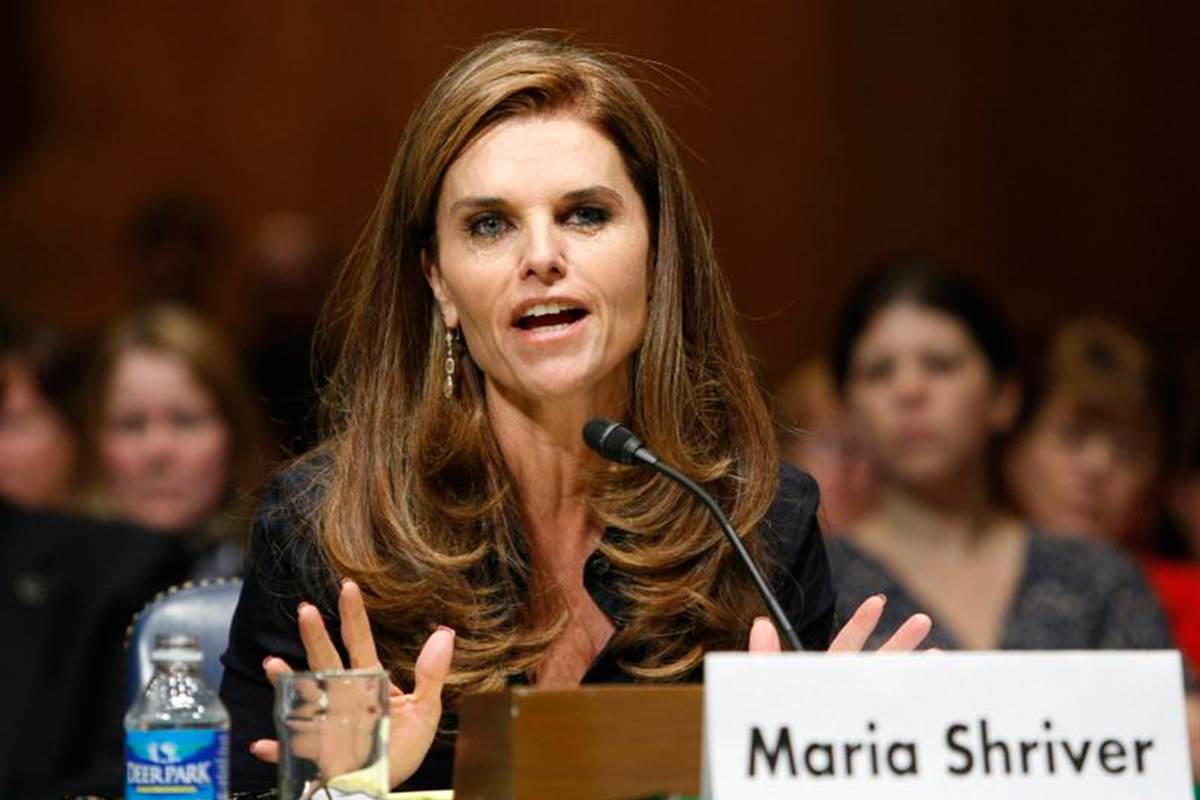 You come from a very accomplished family. What was that like growing up as a kid? How did that shape your career aspirations?
You come from a very accomplished family. What was that like growing up as a kid? How did that shape your career aspirations?
Thanks to my family, I grew up in an environment that valued information, education and a sense of responsibility to one another as human beings. I also saw great leadership demonstrated around me. While I chose not to follow my parents and other family members into politics, I did choose journalism as a career because it gave me access to those people defining the conversations taking place around our kitchen tables.
Today, you juggle a number of hats. How do you manage the different projects you are working on?
I prioritize my time carefully; I ensure I have the right people working with me, and I always remember that my family comes first.
How did your journalism career influence your decision to create The Sunday Paper? What makes it unique?
We live in a world that assaults us with images, messages and stories that are often fear-inducing and pessimistic. The world feels chaotic and out of control to many. My goal with the Sunday Paper is to offer a place where people can find what I call News Above the Noise. It’s a place where you can find accurate, useful and positive information that helps people make sense of the world by offering positive solutions and conversations based on civility and concern for our fellow humans.
You’ve been vocal about your father’s Alzheimer’s diagnosis and your passion to find a cure. How did this inspire you to found The Women’s Alzheimer’s Movement?
When my father was diagnosed with Alzheimer’s in 2003, there was little I knew about the disease. So I started searching for answers to the many questions I had regarding the disease itself, his diagnosis and what would happen next. To find the answers, I sought the help of doctors, researchers and other families dealing with the disease. I wanted to know the current state of dementia and Alzheimer’s research, how doctors treated the disease and how families coped.
I soon learned that Alzheimer’s disease not only impacted the quality of life for patients but the lives of their families, too. This led me to discover the underlying truth about Alzheimer’s, that this disease disproportionately impacts women more than men, not only because we develop the disease in greater numbers, but also because we are the predominant caregivers, as well. This prompted me to join forces with the Alzheimer’s Association and launch the Shriver Report 10 years ago, and soon after, the Women’s Alzheimer’s Movement was born.
At current rates, two-thirds of the 5.8 million Americans diagnosed with Alzheimer’s are women—a staggering 3.8 million women. Two out of three caregivers are also women. At WAM, we strive to bring light to these statistics and bring awareness that Alzheimer’s is a women’s health issue.
Two-thirds of the 5.8 million Americans diagnosed with Alzheimer’s are women—a staggering 3.8 million women. Two out of three caregivers are also women.

Why do you think it is important to share stories of families caring for a loved one with Alzheimer’s?
Part of understanding the disease is focusing on caregiving and treatment. It’s also important that we focus on caregiving as a women’s issue, too. More than half of all caregivers for people with Alzheimer’s are women, and more women quit their jobs to keep up with caregiving. This stunning fact was reported to the nation 10 years ago in ”The Shriver Report: A Woman’s Nation Takes on Alzheimer’s.”
Since the report launched, the goal with the Women’s Alzheimer’s Movement was to make caregivers feel like they do not have to take this disease on alone, so we offer resources for caregivers and often highlight the stories of caregivers to help build community among those impacted by the disease. As part of our support for families caring for a loved one with Alzheimer’s, we share caregiver stories in their weekly newsletter to spread the message that caregivers are not alone.
Women comprise two-thirds of Alzheimer’s diagnosis. How is The Women’s Alzheimer’s Movement helping bring awareness to women?
At WAM, we are dedicated to raising awareness and creating solutions for women’s increased risk of developing Alzheimer’s and lifestyle changes they can make to protect their brain health. Through our annual campaigns and initiatives, we raise funds for women-based Alzheimer’s research at leading scientific institutions to better understand its impact on women, how to better equip caregivers and move toward a cure.
Each year, we hold biannual summits to share news, data and key research findings on what the researchers, MDs and experts in our networks are learning about the disease and its disproportionate impact on women’s brains. We also educate the public about the connection between brain health and lifestyle and how choices made today can help prevent losing memories and cognitive impact with age. We work to connect with women of all ages because it’s never too early to begin investing in your brain health.
We work to connect with women of all ages because it’s never too early to begin investing in your brain health.
We work to encourage scientists to conduct women-based research that will further help physicians and the public understand how Alzheimer’s impacts women differently and thus, inspire foundations, philanthropists and corporations to continue this support for women-based research. We’re also in the trenches each year, raising money to support this type of women-based research through annual crowd-fundraising and specialized campaigns.
Can you tell me about the Women’s Alzheimer’s Movement Prevention Center at Cleveland Clinic and what this advancement will mean for women?
As it stands now, there is currently no cure for Alzheimer’s disease. Our best method to combat the disease is prevention. This is the first clinic that exists in the country that was ideated by women, run by women and catering solely to the treatment of women.
This is the first clinic that exists in the country that was ideated by women, run by women and catering solely to the treatment of women.
The WAM Center is targeted at women in their 30s, 40s and 50s who may have a risk for Alzheimer’s disease due to family history or are concerned because they may have other risk factors, like diabetes or issues with reproductive hormones. The ideal patient is a woman who is interested in risk-reduction strategies she can take home to effect positive lifestyle changes long-term.
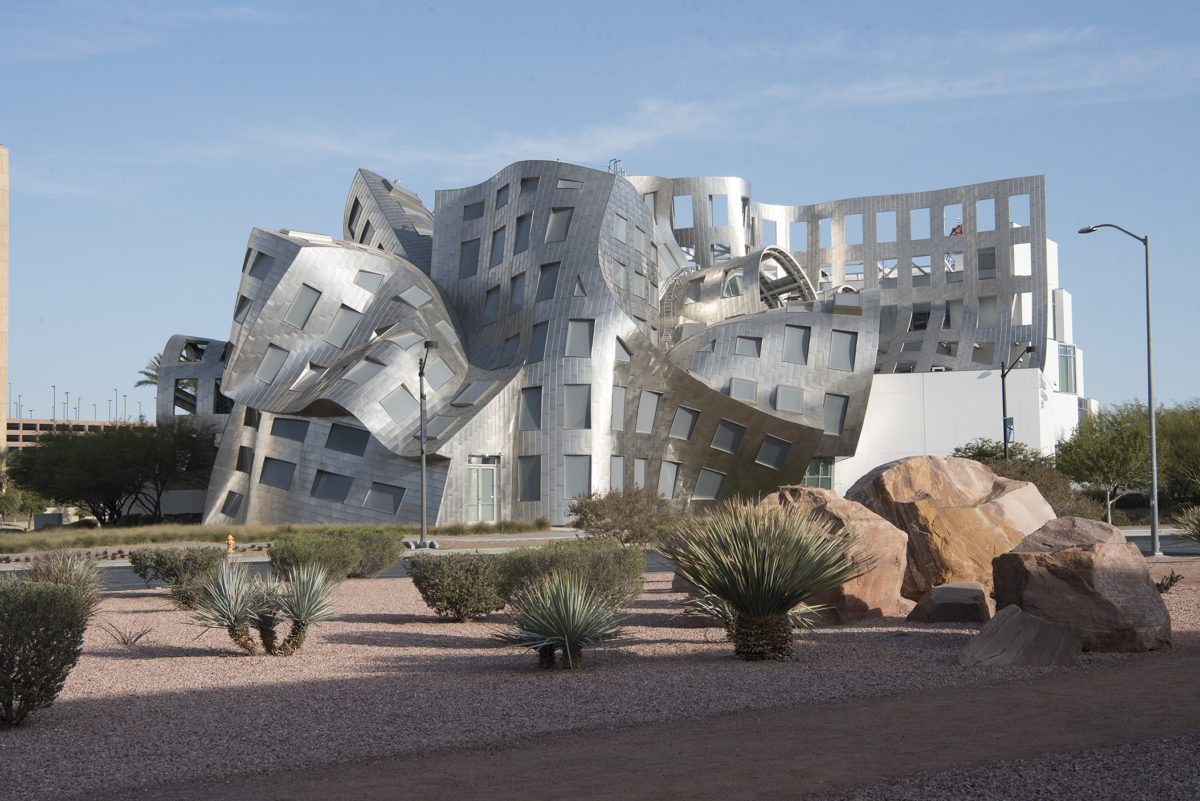
Why is it important for the clinic to be accessible to communities of color?
Women of color are at a higher risk for Alzheimer’s and dementia than white women—an African American woman at twice the risk and a Latina at about one-and-a-half times. That doesn’t account for all the other races and ethnicities in the world, including Asians and Pacific Islanders. The fact is that we need to reach out to every color and ethnicity of women to learn about how this disease affects them—and what the most effective protocols are that will help reduce their risk.
This is a complex disease and will take individualized medicine, or a “precision medicine” approach, to prevent and/or treat Alzheimer’s. We need to learn how this disease targets, impacts and affects women of all sorts. Through its very personalized approach, the clinic is set up to do exactly that, and we invite women of every color and ethnicity to join us. There’s a lot we know and a lot we still don’t. That means we need women of all races and ethnicities to be part of this medical journey—both at the clinic and in clinical trials everywhere.
We need women of all races and ethnicities to be part of this medical journey—both at the clinic and in clinical trials everywhere.
What can future patients expect? How are the clinic’s strategies particularly tailored to women?
The Women’s Alzheimer’s Prevention Center combines the latest science on prevention with a woman’s individualized medical history, biological risks, habits, mood and memory to create a custom, sustainable plan for lifestyle modifications that can reduce the risk of Alzheimer’s disease. Using a woman’s individual risk as a blueprint, the goal of The Women’s Alzheimer’s Prevention Center is to help patients make lasting behavior changes tailored to their needs that promote brain health and reduce their risk.
Some of those risk factors are unique to women, including hormones, menopause and other biological issues tied to reproduction. Some may put a woman at greater risk for Alzheimer’s, some may reduce her risk. The WAM Center is all about helping women figure out their personal plan to a long, healthy life.
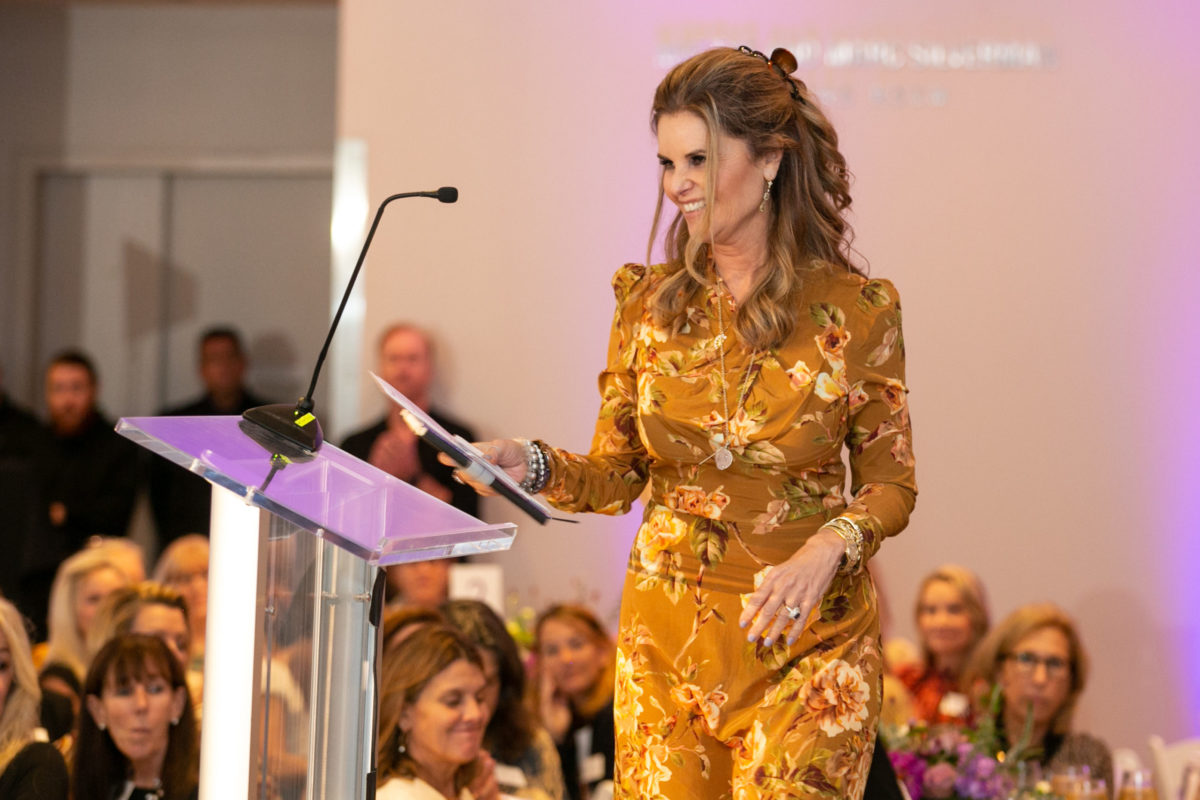 Like The Women’s Alzheimer’s Movement, you have done a lot of humanitarian work. What advice would you give to girls and women who are interested in following in your footsteps?
Like The Women’s Alzheimer’s Movement, you have done a lot of humanitarian work. What advice would you give to girls and women who are interested in following in your footsteps?
My advice to young girls and women who want to get started in humanitarian work is first, find a cause that you are most passionate about. Passion fuels impact. The Women’s Alzheimer’s Movement started because I needed answers about a disease that touched my family, which also had a lot of stigma and fear attached to it.
Find a cause that you are most passionate about. Passion fuels impact.
As I started learning more, demanding answers and eventually speaking out, I recognized that there were millions more people just like me around the world—terrified about this disease. I decided to focus on the largest group impacted, which is women.
Then, I found some of the smartest researchers and doctors in the world and learned that one thing we could do is change the tenor of the conversation around this disease. My goal through WAM has been to educate and empower people with information about Alzheimer’s. It may be the sixth cause of death in this nation, but what few people know is how our everyday lifestyles could bring that number down. So that’s what we do.
I am not a messenger of doom, but one of hope, because I believe we will find a cure to this disease if we all step up and do our parts—from individuals to corporations to government. So my advice is to determine what you are most passionate about, utilize your resources and connect with like-minded individuals and groups that share that same passion and drive to make a difference.
If you could go back in time, knowing what you know now, what advice would you give to your younger self?
To notice the small moments in life that are precious and filled with quiet joy, stop to appreciate them.
To follow along with all that Maria is doing, follow her on Instagram! Also, to learn more about Alzheimer’s and women’s brain health, follow @womensalzmovement. For a weekly dose of encouragement, sign up for The Sunday Paper here.
Images via the Women’s Alzheimer’s Movement
